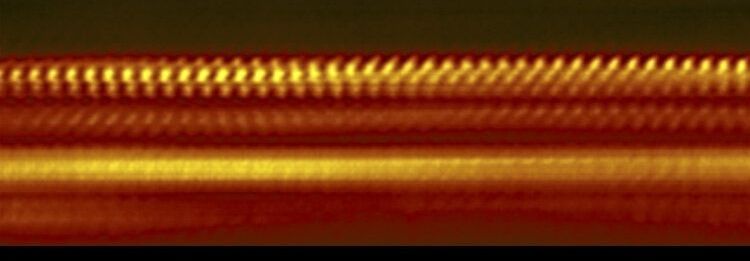University of Gothenburg NEWS: JUN 15, 2017.

Researchers have identified an antioxidant – richly occurring in broccoli – as a new antidiabetic substance. A patient study shows significantly lower blood sugar levels in participants who ate broccoli extract with high levels of sulforaphane.
“There are strong indications that this can become a valuable supplement to existing medication,” says Anders Rosengren, Docent in Metabolic Physiology at the University of Gothenburg.
The publication in the journal Science Translational Medicine builds on several years’ research at Sahlgrenska Academy and Wallenberg Centre for Molecular and Translational Medicine, University of Gothenburg, and the Faculty of Medicine at Lund University.





